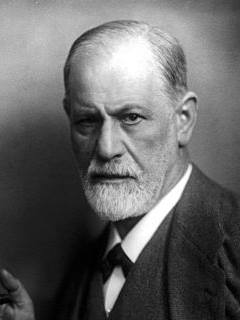

Psychoanalysis
pp. 214-219
in: Martin Middeke, Timo Müller, Christina Wald, Hubert Zapf (eds), English and American studies, Stuttgart, Metzler, 2012Abstract
When Sigmund Freud characterized writers as valuable allies of psychoanalysts (cf. "Der Dichter"), he alluded to the fact that many psychoanalytic concepts were formulated in literary texts, long before Freud developed his own theory of the interplay between the body, subjectivity and culture on the basis of both his work with neurotic patients and his readings of literature. Freud's work evolved by constant revision and does not constitute a unified theory; over time psychoanalysis has developed into a vast array of many different and sometimes even warring schools.


